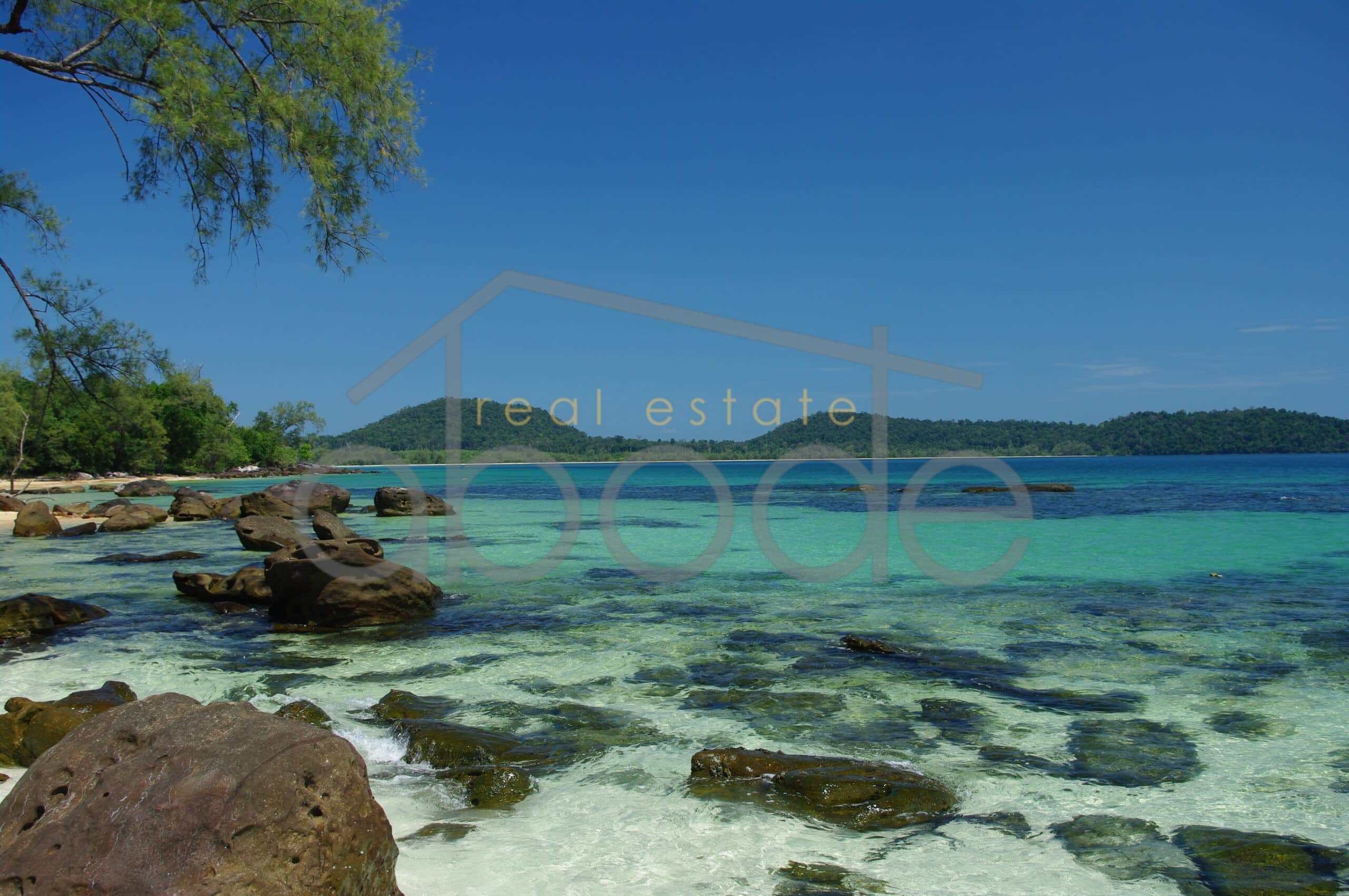Koh Kong is the furthest southwest province in Cambodia and one of the largest, encompassing a portion of the Cardamom Mountains, Southeast Asia’s largest cohesive rainforest.
It has a lengthy undeveloped coastline as well as a mountainous, forested, and relatively inaccessible interior.
While an Export Processing Zone and new port facilities are being constructed for international trade, the region’s attractions has an abundance of animals, large waterfalls, and casinos close to the Thai border.
Due in part to the reasonably straightforward access to the port and beach resort town of Sihanoukville, the province is becoming a more and more popular entry point into Cambodia from Hat Lek in southern Thailand.
The Thai government’s donation of new road infrastructure has substantially improved access, previously an arduous journey involving a boat and pickup on rocky, hilly roads that required small ferries at river crossings.
Its meaning is “Krong Island Province.” Krong Koh Kong, the province’s capital, is situated in the west of the region, close to the Thai border.
A sizable woodland region that surrounds the city is connected to the mainland through bridges and ferries.
Although Koh Kong is normally a peaceful town, there are plenty of reasons to remain for more than one night, including the adjacent islands, rivers, wildlife tours, and the vibrant nightlife.
The majority of Koh Kong’s population speaks some Thai as well as Khmer.
Along with numerous broken English speakers, you can also discover a number of Chinese and Vietnamese speakers.
Due to the reasonable cost of meals, lodging, and transportation, your stay will be economical. You won’t be sorry if you stop here on your way across Southeast Asia.
Koh Kong geography
Koh Kong province covers an area of 11,160 square kilometres.
It is situated in the country’s western region and shares borders with Kampot and Sihanoukville to the west, Pursat to the north, Gulf of Thailand to the east and south, and Pursat to the west.
The Cardamom Mountains, a vast, cohesive mountain range, make up the majority of the province.
The largest successional wooded territory in all of Southeast Asia, it is covered in a beautiful, deep rainforest and is home to only a few tiny tribes.
The two largest creeks and rivers that flow into the sea are Stoeng Kaoh Pa and Stoeng Me Toek.
Except for certain river benches near the sea, you won’t see the typical Cambodian plain wet areas, which cover rice fields and other agricultural plantations.
The province’s highest peak is 1210 meters high.
Koh Kong, the forgotten, outlying, expanding
According to World Bank’s 2017 report ‘Urban Development in Phnom Penh’, successful economies have high levels of urbanisation. 21% of the people here are already living in urban areas.
By 2050 this is expected to rise to 36%.
The country’s rate of urbanisation is lower than expected for its GDP and it is expected to rise. Countries with similar GDP (Bangladesh and Kyrgyzstan) have urbanization rates closer to 35%.
Phnom Penh has seen significant growth and now has 2 million residents. It is the largest and fastest growing city in the country, serving as a gateway to the global economy.
The need for robust urban planning to mitigate growing congestion is becoming more critical in this fast-changing city.
So, it comes as no surprise that locations like Koh Kong are often overlooked when buying or renting are getting more attention.
Cambodia’s projected population growth, gentrification and foreseeably ongoing foreign investment offer virtually unparalleled opportunities. I
t is probably a good time to look before everyone sees.
Good guide to investing
Here is a good guide to investing in Cambodia that should steer you away from total financial disaster.
The real estate market here is extremely varied, more so than most countries, which can make investing either a smooth journey or a rocky one.
What separates a successful from unsuccessful investor is not pure luck, as many think, but the ability to recognise and avoid mistakes.





